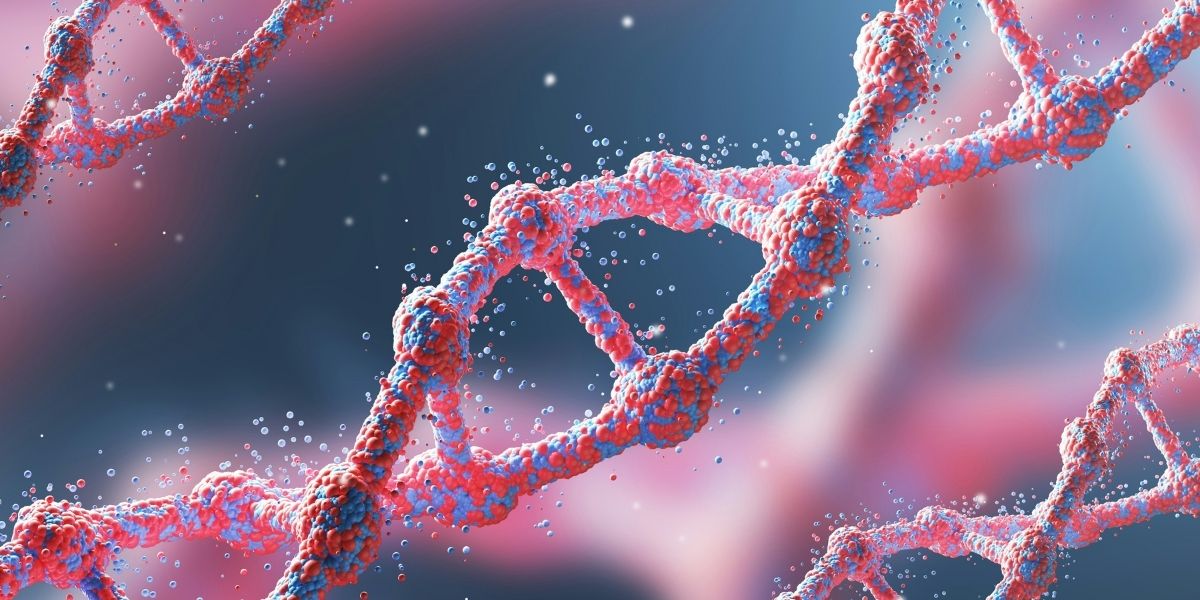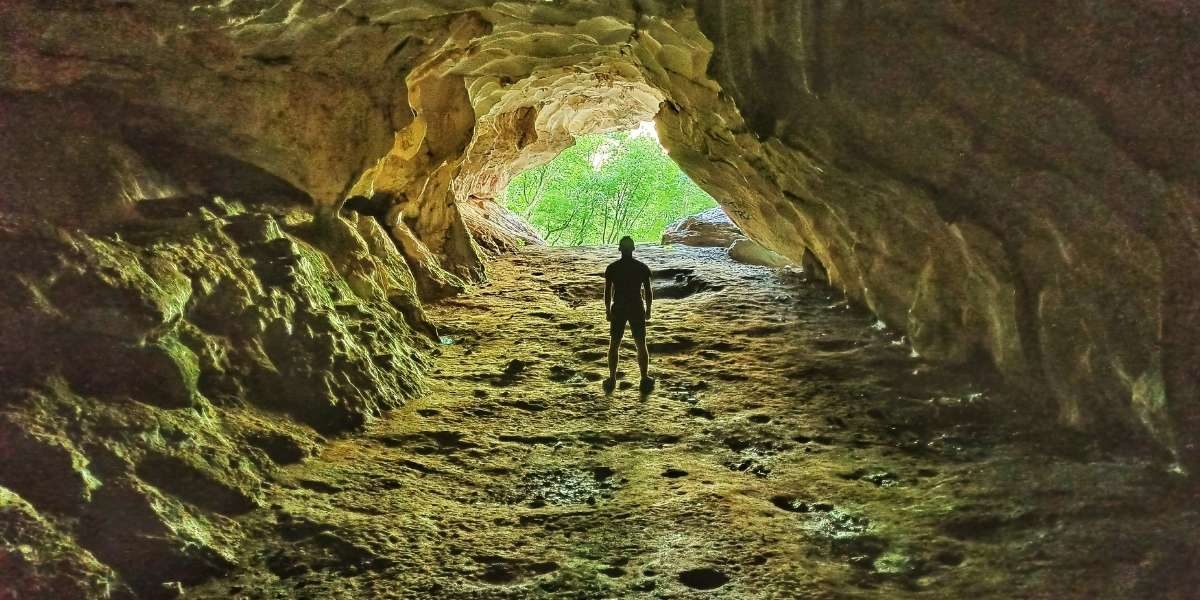The narrative of human evolution is a sprawling saga, tracing the origins of our species from ancient ancestors to the anatomically modern humans of today. It is a scientific journey built upon decades of paleontological discoveries, genetic research, and archaeological findings, piecing together a comprehensive understanding of how our lineage branched off from other primates and gradually developed the unique characteristics that define us. This remarkable story spans millions of years, marked by significant biological and behavioral adaptations that allowed our forebears to navigate changing environments and eventually thrive across the globe.
Read Also: The Stellar Journey: From Nebula to Remnant of the Sun
Understanding the complete story involves looking at the vast stretches of time before the emergence of what we recognize as distinctly human traits. It begins with the fundamental separation from a common ancestor shared with other great apes, leading down a path where bipedalism, increasing brain size, and the development of complex tools became pivotal milestones. Each step in this long process contributed to the eventual emergence of sophisticated cognition, complex social structures, and the capacity for culture and language.
What Were the Earliest Stages of Hominid Evolution?
The earliest stages of human evolution trace back approximately 6 to 7 million years ago, a crucial period when the lineage leading to humans diverged from that of chimpanzees. The defining characteristic of these very early hominids was the emergence of bipedalism, or walking upright on two legs. This adaptation is evident in fossil finds such as Sahelanthropus tchadensis and Orrorin tugenensis, suggesting that habitual upright walking preceded many other changes typically associated with human development. Bipedalism offered numerous advantages, including freeing the hands for carrying objects, allowing for better visibility across grasslands, and potentially reducing exposure to sunlight.

Photo Credit: Unsplash.com
Following these early forms, the genus Australopithecus appeared around 4 million years ago, representing a significant group of hominids that walked upright but still retained some arboreal features. Fossils like “Lucy” (Australopithecus afarensis) provide compelling evidence of efficient bipedal locomotion combined with small brain sizes, comparable to those of modern apes. These early hominids inhabited East and South Africa, living in mixed environments of forests and savannas. Their existence marks a critical phase in the story of human evolution, establishing the foundational mode of movement that would characterize all subsequent human ancestors and paving the way for further adaptations.
How Did Early Homo Species Begin to Shape Their World?
The emergence of the genus Homo approximately 2.8 million years ago marked a pivotal turning point in human evolution, characterized by increasing brain size and the innovation of tool-making. The earliest species, Homo habilis, often referred to as “handy man,” is associated with the Oldowan tool industry, which involved simple stone choppers and flakes used for processing food, such as butchering animal carcasses. This development suggests a more complex cognitive ability and a shift towards a diet that likely included more meat, providing the necessary energy for a growing brain.
Following Homo habilis, Homo erectus appeared around 1.9 million years ago, representing a species that was even more adapted to life on the ground and capable of much longer distances. Homo erectus developed more sophisticated Acheulean tools, including hand axes, and was the first hominid to leave Africa, spreading into Asia and potentially Europe. Evidence suggests they may have also been the first to control fire, a monumental achievement that provided warmth, protection from predators, and allowed for cooking, further improving nutrient absorption. These early Homo species demonstrated an increasing capacity to modify their environment and exploit resources, laying the groundwork for subsequent waves of human evolution and dispersal.
What Distinguishes Archaic Humans on the Evolutionary Path?
The period of human evolution after Homo erectus saw the emergence of various archaic human forms, each with unique adaptations and geographical distributions. Homo heidelbergensis, appearing around 700,000 to 200,000 years ago, is often considered a common ancestor to both Neandertals and anatomically modern humans. This species exhibited larger brains and more advanced tool technology, including specialized hunting tools. They were also among the first to build simple shelters and are believed to have engaged in systematic hunting of large game.
Neandertals (Homo neanderthalensis), primarily inhabiting Europe and parts of Asia from about 400,000 to 40,000 years ago, represent another significant branch of archaic humans. They were robustly built, adapted to cold climates, and possessed brains comparable in size to, or even larger than, modern humans. Neandertals developed sophisticated Mousterian stone tools, used fire regularly, buried their dead, and possibly engaged in symbolic behavior. Their eventual disappearance, overlapping with the expansion of modern humans, is a subject of ongoing scientific discussion. These archaic humans highlight the diversity of the human lineage and the different evolutionary paths explored before the global dominance of our own species.
How Did Modern Humans Evolve and Spread Across the Globe?

Photo Credit: Unsplash.com
Anatomically modern humans, Homo sapiens, emerged in Africa approximately 300,000 to 200,000 years ago. Their evolution was characterized by further increases in brain size, a more globular skull shape, a prominent chin, and a less robust skeleton compared to earlier hominids. More importantly, Homo sapiens developed increasingly complex cognitive abilities, leading to advancements in language, symbolic thought, and artistic expression, evident in cave paintings and intricate personal adornments. These cognitive capacities enabled unprecedented levels of cooperation, innovation, and adaptability.
Around 60,000 to 70,000 years ago, a significant wave of Homo sapiens began to migrate out of Africa, spreading across Asia, Europe, and eventually populating every continent. This dispersal was facilitated by advanced hunting techniques, adaptable toolkits, and an ability to thrive in diverse environments, from deserts to ice-age tundras. As modern humans encountered and sometimes interbred with existing archaic human populations, such as Neandertals and Denisovans, they gradually replaced or assimilated these groups. This global expansion led to the remarkable genetic and cultural diversity observed in human populations today, marking the final major chapter in the story of human evolution.
What Continues to Drive Human Evolution Today?
While the rapid morphological changes seen in earlier stages of human evolution have slowed, the process of adaptation continues in Homo sapiens. Evolution is not solely about visible physical transformations; it also encompasses genetic changes that influence susceptibility to diseases, metabolic functions, and other subtle traits. Factors such as disease pressures, dietary shifts, and population migrations continue to exert selective pressures on human genetic makeup, albeit at a slower and often less dramatic pace than in prehistoric times. For example, populations that have historically consumed dairy products often show higher rates of lactase persistence into adulthood.
Read Also: Writers and Thinkers Shaping Modern Society and Culture
Cultural and technological evolution also play a profound role, fundamentally altering the environment in which biological evolution occurs. Innovations in medicine, agriculture, and communication have drastically changed human survival rates, reproductive patterns, and global interconnectedness. While these developments might buffer some natural selective pressures, they also introduce new ones. The story of human evolution is therefore not a finished chapter but an ongoing process, continually shaped by the complex interplay between biology, environment, and culture, leading to ongoing adaptations in the incredibly resilient species we recognize as modern man.






